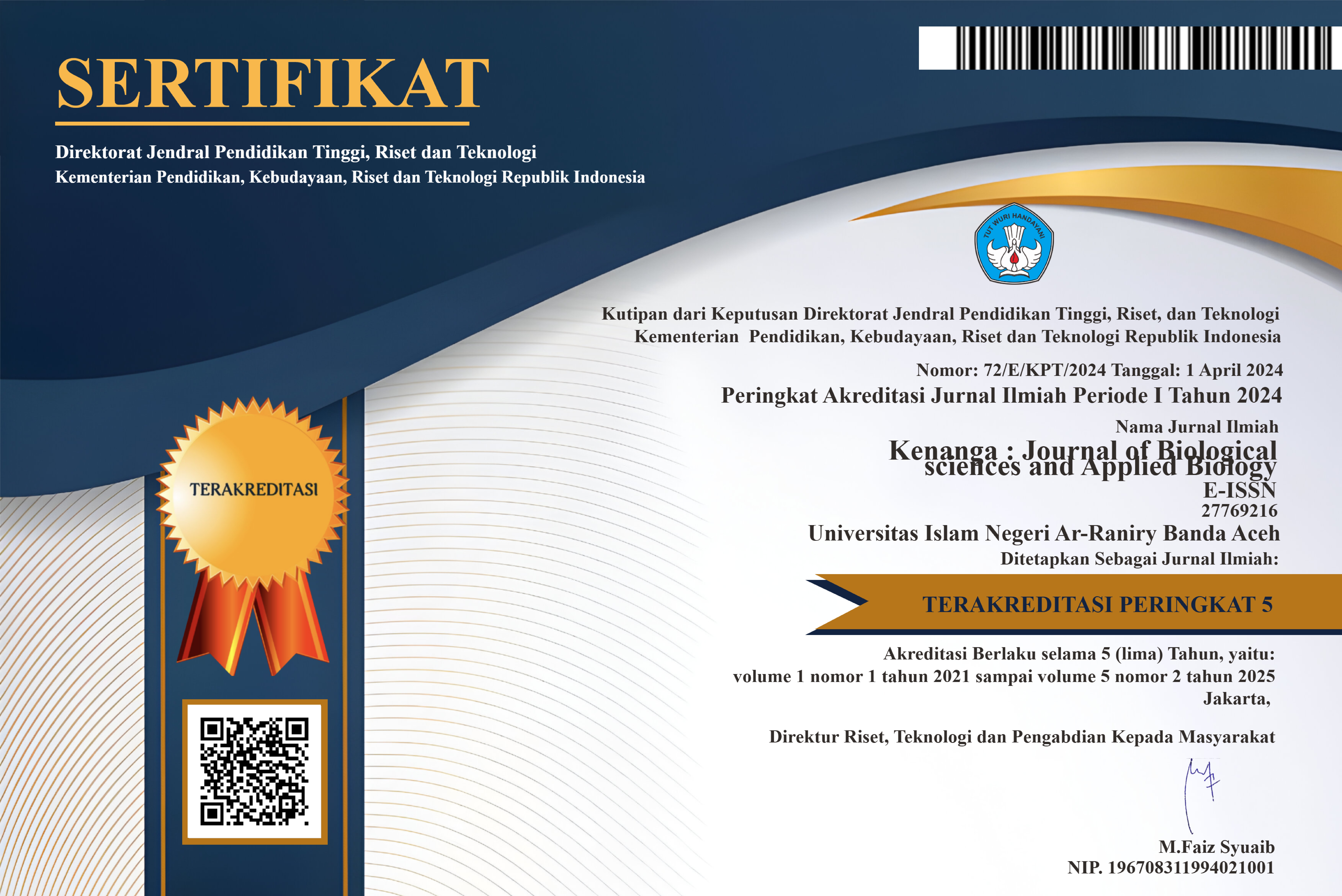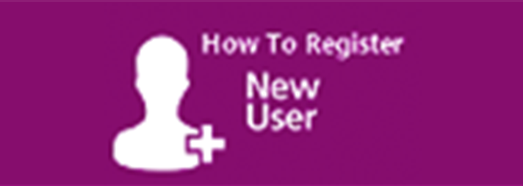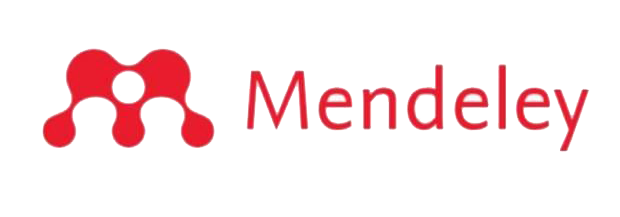Publication Ethics
KENANGA’s Publication Ethics is an essential building block in the development of a coherent and respected network of knowledge. It is a direct reflection of the quality of the work of the authors and the institutions that support them. Peer-reviewed articles support and embody the scientific method. It is therefore important to agree upon standards of expected ethical behavior for all parties involved in the act of publishing: the author, the journal editor, the peer reviewer, the publisher, and the society. (Refer to COPE)
The editorial board of KENANGA takes its duties of guardianship over all stages of publishing seriously and we recognize our ethical and other responsibilities. We are committed to ensuring that advertising, reprint, or other commercial revenue has no impact or influence on editorial decisions.
Publication and authorship
• All submitted papers are subject to a strict peer-review process by at least two international or national reviewers that are experts in the area of the particular paper.
• The review process is a blind peer review.
• The factors that are taken into account in review are relevance, soundness, significance, originality, readability, and language.
• The possible decisions include acceptance, acceptance with revisions, or rejection.
• If authors are encouraged to revise and resubmit a submission, there is no guarantee that the revised submission will be accepted.
• Rejected articles will not be re-reviewed.
• The paper acceptance is constrained by such legal requirements as shall then be in force regarding libel, copyright infringement, and plagiarism.
• No research can be included in more than one publication.
Authors’ responsibilities
• Authors must certify that their manuscripts are their original work.
• Authors must certify that the manuscript has not previously been published elsewhere.
• Authors must certify that the manuscript is not currently being considered for publication elsewhere.
• Authors must participate in the peer-review process.
• Authors are obliged to provide retractions or corrections of mistakes.
• All Authors mentioned in the paper must have significantly contributed to the research.
• Authors must state that all data in the paper are real and authentic.
• Authors must notify the Editors of any conflicts of interest.
• Authors must identify all sources used in the creation of their manuscript.
• Authors must report any errors they discover in their published paper to the Editors.
Reviewers’ responsibilities
• Reviewers should keep all information regarding papers confidential and treat them as privileged information.
• Reviews should be conducted objectively, with no personal criticism of the author
• Reviewers should express their views clearly with supporting arguments
• Reviewers should identify relevant published work that has not been cited by the authors.
• Reviewers should also call to the Editor in Chief’s attention any substantial similarity or overlap between the manuscript under consideration and any other published paper of which they have personal knowledge.
• Reviewers should not review manuscripts in which they have conflicts of interest resulting from competitive, collaborative, or other relationships or connections with any of the authors, companies, or institutions connected to the papers.
Editors’ responsibilities
• Editors have complete responsibility and authority to reject/accept an article.
• Editors are responsible for the contents and overall quality of the publication.
• Editors should always consider the needs of the authors and the readers when attempting to improve the publication.
• Editors should guarantee the quality of the papers and the integrity of the academic record.
• Editors should publish errata pages or make corrections when needed.
• Editors should have a clear picture of the research’s funding sources.
• Editors should base their decisions solely on the papers’ importance, originality, clarity, and relevance to the publication’s scope.
• Editors should not reverse their decisions nor overturn the ones of previous editors without serious reason.
• Editors should preserve the anonymity of reviewers.
• Editors should ensure that all research material they publish conforms to internationally accepted ethical guidelines.
• Editors should only accept a paper when reasonably certain.
• Editors should act if they suspect misconduct, whether a paper is published or unpublished, and make all reasonable attempts to persist in obtaining a resolution to the problem.
• Editors should not reject papers based on suspicions, they should have proof of misconduct.
• Editors should not allow any conflicts of interest between staff, authors, reviewers, and board members.
Publication Decision
The editor KENANGA is responsible for deciding which of the articles submitted to the journal should be published. The validation of the work in question and its importance to researchers and readers must always drive such decisions. The editors may be guided by the policies of the journal's editorial board and constrained by such legal requirements as shall then be in force regarding libel, copyright infringement, and plagiarism. To ensure originality, all submitted papers will through Turnitin took charge by the assigned journal editor.
The editors may confer with other editors or reviewers in making this decision.
Fair Play
An editor at any time evaluates manuscripts for their intellectual content without regard to race, gender, sexual orientation, religious belief, ethnic origin, citizenship, or political philosophy of the authors.
Confidentiality
The editor and any editorial staff must not disclose any information about a submitted manuscript to anyone other than the corresponding author, reviewers, potential reviewers, other editorial advisers, and the publisher, as appropriate.
Disclosure and Conflicts of Interest
Unpublished materials disclosed in a submitted manuscript must not be used in an editor's own research without the express written consent of the author.
Duties of Reviewers
Contribution to Editorial Decisions
Peer review assists the editor in making editorial decisions and through the editorial communications with the author may also assist the author in improving the paper.
Promptness
Any selected referee who feels unqualified to review the research reported in a manuscript or knows that its prompt review will be impossible should notify the editor and excuse himself from the review process.
Confidentiality
Any manuscripts received for review must be treated as confidential documents. They must not be shown to or discussed with others except as authorized by the editor.
Standards of Objectivity
Reviews should be conducted objectively. Personal criticism of the author is inappropriate. Referees should express their views clearly with supporting arguments.
Acknowledgment of Sources
Reviewers should identify relevant published work that has not been cited by the authors. Any statement that an observation, derivation, or argument had been previously reported should be accompanied by the relevant citation. A reviewer should also call to the editor's attention any substantial similarity or overlap between the manuscript under consideration and any other published paper of which they have personal knowledge.
Disclosure and Conflict of Interest
Privileged information or ideas obtained through peer review must be kept confidential and not used for personal advantage. Reviewers should not consider manuscripts in which they have conflicts of interest resulting from competitive, collaborative, or other relationships or connections with any of the authors, companies, or institutions connected to the papers.
Duties of Authors
Reporting Standards
Authors of reports of original research should present an accurate account of the work performed as well as an objective discussion of its significance. Underlying data should be represented accurately in the paper. A paper should contain sufficient detail and references to permit others to replicate the work. Fraudulent or knowingly inaccurate statements constitute unethical behavior are unacceptable.
Originality and Plagiarism
The authors should ensure that they have written entirely original works, and if the authors have used the work and/or words of others that this has been appropriately cited or quoted.
Multiple, Redundant, or Concurrent Publication
An author should not in general publish manuscripts describing essentially the same research in more than one journal or primary publication. Submitting the same manuscript to more than one journal concurrently constitutes unethical publishing behavior and is unacceptable.
Acknowledgment of Sources
Proper acknowledgment of the work of others must always be given. Authors should cite publications that have been influential in determining the nature of the reported work.
Authorship of the Paper
Authorship should be limited to those who have made a significant contribution to the conception, design, execution, or interpretation of the reported study. All those who have made significant contributions should be listed as co-authors. Where there are others who have participated in certain substantive aspects of the research project, they should be acknowledged or listed as contributors. The corresponding author should ensure that all appropriate co-authors and no inappropriate co-authors are included on the paper and that all co-authors have seen and approved the final version of the paper and have agreed to its submission for publication.
Disclosure and Conflicts of Interest
All authors should disclose in their manuscript any financial or other substantive conflicts of interest that might be construed to influence the results or interpretation of their manuscript. All sources of financial support for the project should be disclosed.
Fundamental Errors in Published Works
When an author discovers a significant error or inaccuracy in his/her own published work, it is the author’s obligation to promptly notify the journal editor or publisher and cooperate with the editor to retract or correct the paper.
Policy of Screening for Plagiarism
Papers submitted to KENANGA will be screened for plagiarism using Turnitin plagiarism detection tools. KENANGA will immediately reject articles leading to plagiarism or self-plagiarism.
Before submitting articles to reviewers, those are first checked for similarity/plagiarism tool, by a member of the editorial team. The papers submitted to KENANGA must have a similarity level of less than 30%.
Plagiarism is the exposure of another person’s thoughts or words as though they were your own, without permission, credit, or acknowledgment, or because of failing to cite the sources properly. Plagiarism can take diverse forms, from literal copying to paraphrasing the work of another. To correctly judge whether an author has plagiarized, we emphasize the following possible situations:
- An author can copy another author’s work- by copying word by word, in whole or in part, without permission, acknowledge or citing the source. This practice can be identified by comparing the source and the manuscript/work who is suspected of plagiarism.
- Substantial copying implies an author to reproduce a significant part of another author, without permission, acknowledgment, or citation. The substantial term can be understood both in terms of quality as quantity, is often used in the context of Intellectual property. Condition refers to the relative value of the copied text in proportion to the work as a whole.
- Paraphrasing involves taking ideas, words, or phrases from a source and crafting them into new sentences within the writing. This practice becomes unethical when the author does not properly cite or does not acknowledge the original work/author. This form of plagiarism is the more difficult form to be identified.
Copyrights, Permissions, Reprints & Licensing
KENANGA Journal a uses license CC-BY SA
Authors are free to:
Share — copy and redistribute the material in any medium or format for any purpose, even commercially.
Adapt — remix, transform, and build upon the material for any purpose, even commercially.
The licensor cannot revoke these freedoms as long as you follow the license terms.
Under the following terms:
- Attribution — You must give appropriate credit , provide a link to the license, and indicate if changes were made . You may do so in any reasonable manner, but not in any way that suggests the licensor endorses you or your use.
- ShareAlike — If you remix, transform, or build upon the material, you must distribute your contributions under the same license as the original.
- No additional restrictions — You may not apply legal terms or technological measures that legally restrict others from doing anything the license permits.
Notice :
You do not have to comply with the license for elements of the material in the public domain or where your use is permitted by an applicable exception or limitation .
No warranties are given. The license may not give you all of the permissions necessary for your intended use. For example, other rights such as publicity, privacy, or moral rights may limit how you use the material.

























